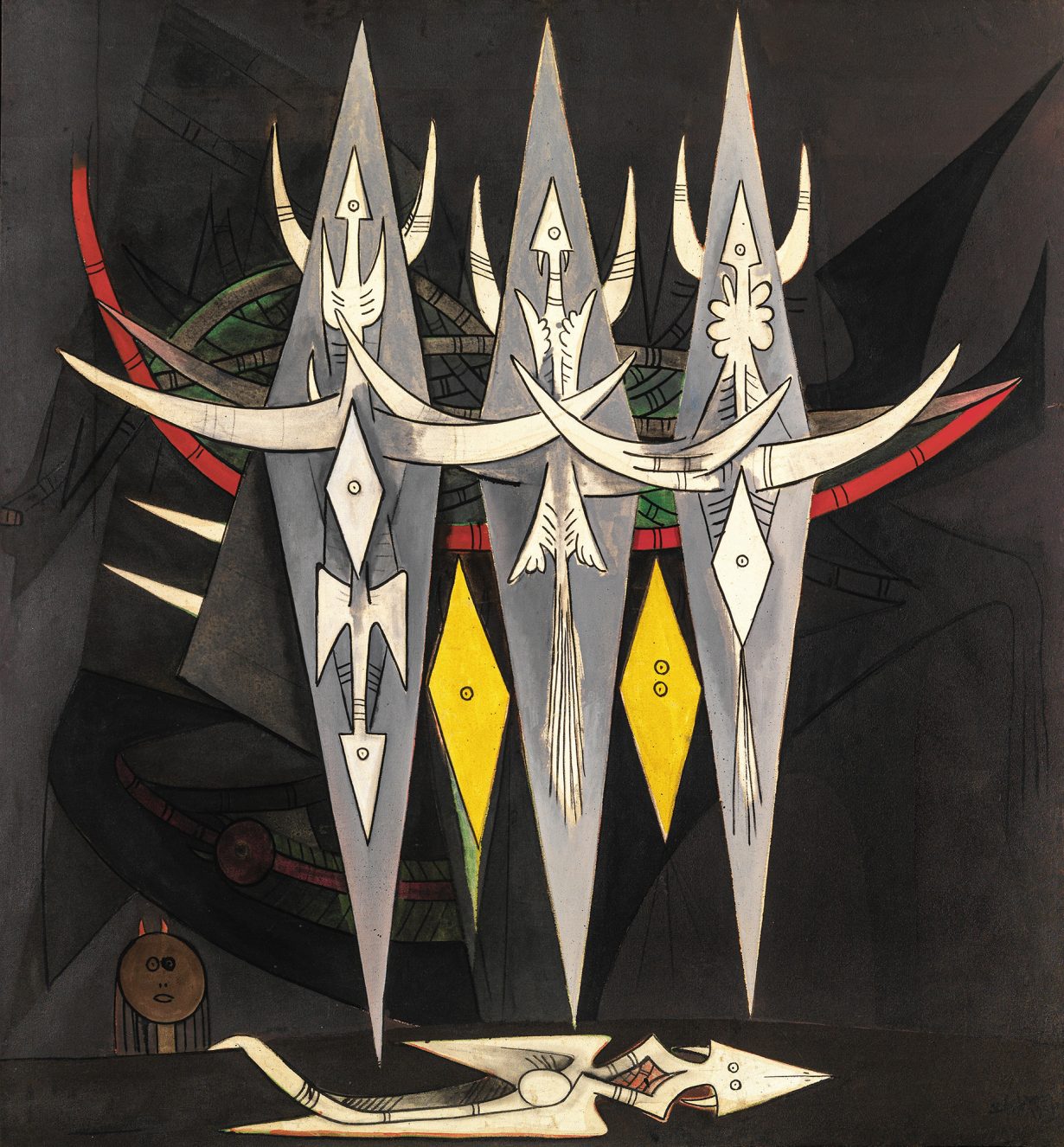After an opening mired in controversy, Paris Noir at Centre Pompidou is a wake-up call for French institutions

Shortly before opening, Paris Noir became mired in controversy when Guadeloupean curator Chris Cyrille accused the show’s lead curator, Alicia Knock, of appropriating his curatorial concept and research. His Instagram post sparked debate over Knock’s role as a white curator of France’s largest exhibition of Black art to date, conceived as responding to shared experiences of colonisation and the Middle Passage. Other historians and curators subsequently waded in. These tensions reflect both the difficulty of staging such an exhibition in a country that treats racial identity as a deviation from the civic norm – a framing that renders projects like Paris Noir at once exceptional and suspect – and the persistent entanglement of identity politics and individualism in an otherwise noble effort to present a fuller, more accurate history of globalised art: one in which Paris represents an important hub.
Organising over 300 works by 150 artists into 15 sections, the show is a veritable Chaos-Monde, to borrow Édouard Glissant’s term: a dense, unruly constellation of works in tension and dialogue – Surrealism, abstraction, street art and revolutionary aesthetics swirling in centrifugal excess. Yet the exhibition is also very Paris-centric (as most French art is). Consciously drawing on the titles of the Pompidou’s inaugural exhibitions Paris-New York (1977), Paris-Berlin (1978) and Paris-Moscow (1979), which sought to emphasise the city in relation to other modern art outposts, Paris Noir is nonetheless the first exhibition to centre the history of French colonial and outre-mer migrations to the ‘metropole’.

These artists are not just French subjects, caught in the colonial and postcolonial orbit of the imperial core: they are global Afro-descendant painters and sculptors, performers and filmmakers, drawn to Paris via its legacy of artistic progress, beauty and freedom. While Paris across this half-century was far from perfect – paintings by Robert Radford and José Legrand, and an installation by Shuck One pointedly foreground anticolonial struggle – it nonetheless offered reprieve from the brutal racism of other, particularly American, cities. The exhibition stresses Paris’s relative openness via recurring figures such as Wifredo Lam, among the first artists of colour brought into the Musée National d’Art Moderne’s collection with the acquisition of his painting Umbral (1950) in 1969. His success was clearly studied by younger talents who admiringly channel his horned beasts into their own postmodern canvases, like Assane N’Doye’s L’indésirable (Hommage à Wifredo Lam) (1984) and Ernest Breleur’s untitled work from the Fwomajé series (1988).

Elsewhere visitors reencounter the May 1968 riots through the eyes of resident Black artists like Mavis Pusey, whose jagged screen-printed compositions Paris Mai June and Frozen Vibration (both 1968) evoke barricades and street clashes. Cuban artist Guido Llinás’s torn posters in Pintura Negra (1971) nod both to the activist lithographs of Atelier Populaire and the affichiste works of nouveau réalisme. The exhibition also foregrounds key figures of Francophone Black cinema: playing on loop is the scene from Ousmane Sembène’s recently restored Black Girl (1966), in which Mbissine Thérèse Diop reclaims a mask she’d gifted to her employers. A window onto the Parisian skyline is interrupted by a suspended screen showing one of Sarah Maldoror’s documentaries, Aimé Césaire – Un homme, une terre (1977). Ivorian artist Clem Lawson presents both his 1980 short film Bienvenue en Métropotamie and two stunning works composed of coloured glass beads glued to wooden boards. In one, Odeur de pellicule (1983), a woman hunched over an editing board slices through a reel of celluloid – editing, or refusing to be edited out.
Paris Noir is overwhelming in the best sense: a deluge of neglected masterpieces by Black artists. The curators have continually stressed the significance of their task: Paris Noir, they told the press, is a kind of curatorial GPS for future exhibitions and ‘wake-up call’ for French institutions to begin collecting and preserving these works of featured artists, many of which remain in precarious conditions in family attics and basements. Furthermore, if Paris continues to inspire artistic imaginations, as it clearly has for generations of Black artists, it’s thanks to a longstanding history of robust public investment in culture, now under threat. Reversing austerity could not only sustain this creative legacy but also help reconcile divergent curatorial visions. It might even spare us the type of internecine disputes that overshadowed the opening of this otherwise groundbreaking – and often breathtaking – exhibition.
Paris Noir, Artistic circulations and anti-colonial resistance, 1950–2000 at Centre Pompidou, Paris, through 30 June
From the May 2025 issue of ArtReview – get your copy.